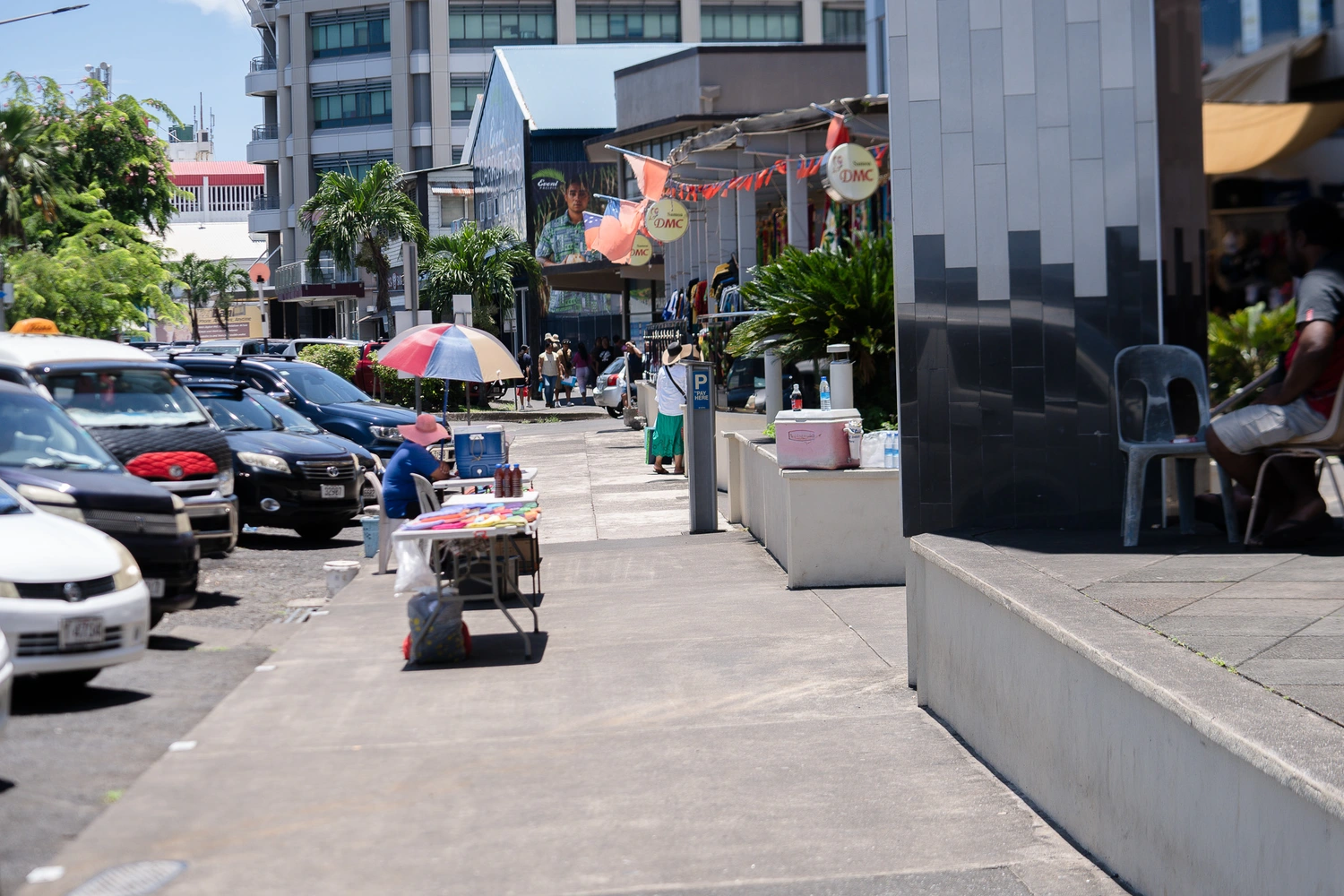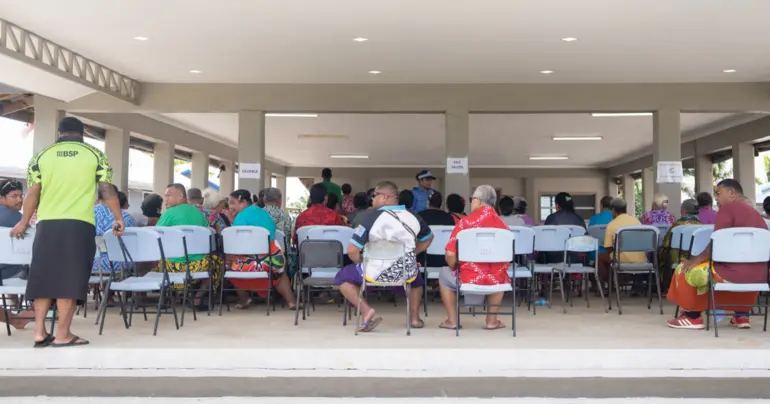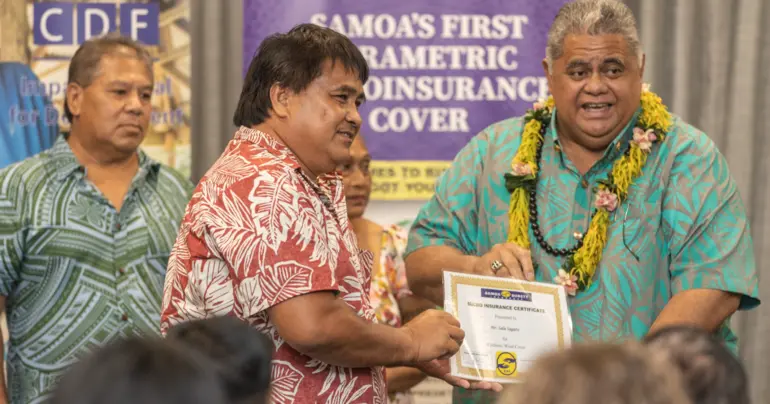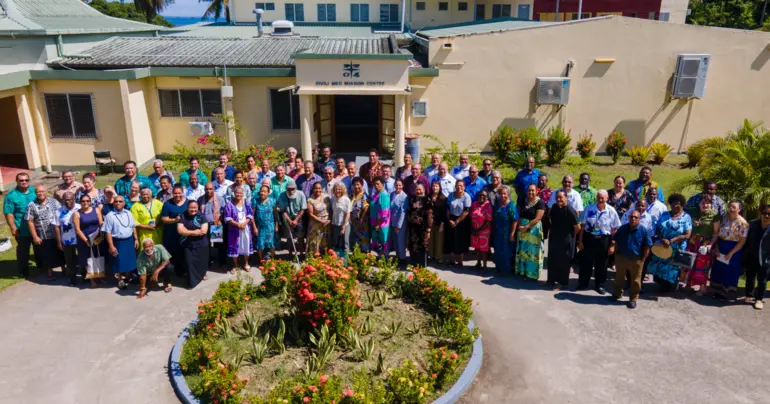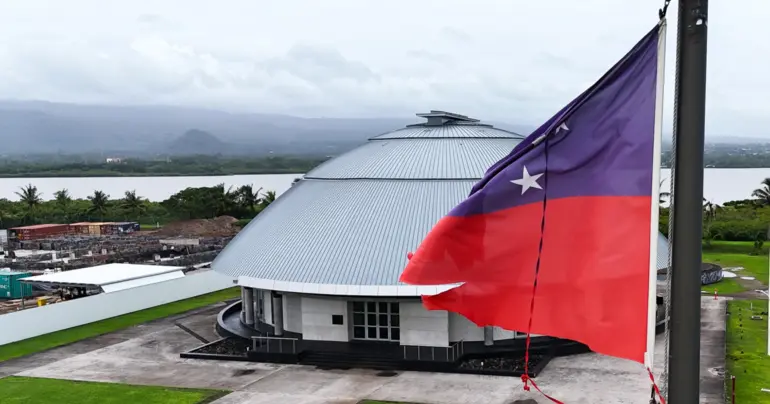Samoa’s economy: Stability at the crossroads of politics and policy
Samoa stands once again at a political and economic crossroads. In a recent interview with the Samoa Observer, caretaker Minister of Finance, Lautimuia Uelese Vaʻai, warned that Samoa could face an “economic disaster” if this week’s general election does not quickly produce a functioning government. He drew sharp comparisons to the upheaval of the 2021 impasse, when Samoa went weeks without a fully recognised government.
The Minister’s warning comes at a delicate time. Under constitutional safeguards, Samoa is currently restricted to spending only 25 per cent of the previous year’s budget until a new government is sworn in and the 2025–2026 national budget is passed. Lautimuia fears that if the stalemate lingers, public services will falter, donor confidence may evaporate, and the economy could seize up.
Yet, while the Minister’s words reflect genuine risks, the Central Bank of Samoa’s June 2025 report offers a more balanced perspective — one of resilience under pressure. To understand Samoa’s true position, we must look beyond political rhetoric to the economic fundamentals and the lessons of our Pacific neighbours.
The Minister’s Alarm
The Minister outlined three major risks already being felt:
- Essential services restricted: Ministries are forced to prioritise urgent needs, leaving other services underfunded.
- Development projects on hold: Infrastructure and community programmes, reliant on full budget approval, have been paused.
- Private sector slowdown: Contractors and businesses, many of whom depend on government contracts, face stalled cash flow.
He also cautioned that if uncertainty persists, Samoa may be forced to consider declaring a State of Emergency under Article 105 of the Constitution. While this may appear extreme, Lautimuia sees it as a safeguard if fiscal paralysis begins to choke the economy.
Donor partners, too, are waiting. “If they see instability, they won’t release the money,” Lautimuia said, pointing to several suspended programmes. For Samoa, where aid and concessional finance are vital, donor confidence is as important as domestic stability.
The Central Bank’s Numbers
In contrast, the Central Bank of Samoa (CBS) June 2025 figures present a picture that is far from catastrophic:
- Inflation: 1.9% – modest and stable, a sign that prices are under control.
- Interest Rate: 1.09% – among the lowest in the Pacific, ensuring affordable access to credit.
- Foreign Reserves: SAT $1.5599 billion – a strong cushion, securing imports and external obligations.
- Real GDP (2023/2024): SAT $2.3 billion – showing ongoing recovery after the pandemic.
- Nominal GDP (2023/2024): SAT $3 billion – reflecting growth in the economy’s total output.
These indicators suggest Samoa’s macroeconomic fundamentals remain sound. Inflation is contained, reserves are healthy, and GDP growth is steady. In short, Samoa is not facing immediate collapse. Instead, the real risk lies in the erosion of confidence if political uncertainty drags on.
Lessons from the Pacific
Other Pacific nations offer useful comparisons.
- Fiji: After its political coups, Fiji’s economy contracted sharply not because of weak fundamentals, but because investor and donor confidence collapsed. Tourism arrivals stalled, aid was withheld, and private investment dried up. Recovery began only when political stability was restored.
- Tonga: Political unrest in 2006 and again in later years saw private investment decline, but remittances from overseas Tongans — like remittances to Samoa — remained a lifeline. Tonga’s experience highlights how external inflows can buffer instability, but also how fragile economies are when trust falters.
- Papua New Guinea: Periods of political uncertainty have delayed donor disbursements and stalled infrastructure projects, showing the importance of continuity in governance for development partners.
Samoa can learn from these cases: economic fundamentals may remain intact in the short term, but prolonged instability quickly undermines external confidence, private investment, and social cohesion.
Samoa’s Balancing Act
The current situation demands a nuanced understanding:
- Short-term risks: Limited cash flow, delayed projects, and uncertainty for contractors and aid programs under the 25% spending cap.
- Medium-term risks: Erosion of donor confidence, stalled private sector growth, and increased pressure on employment if no government is in place by September.
- Long-term outlook: With stable inflation, strong reserves, and steady GDP growth, Samoa has the fundamentals to rebound swiftly — if political leadership is decisive.
In truth, Samoa is not in “economic disaster” territory today. But the Minister is right in his underlying message: confidence is everything. Without confidence, even the strongest reserves and lowest inflation will not shield Samoa from slowed growth and halted investment.
A Call for Leadership
The 2021 impasse demonstrated how political deadlock damages Samoa’s reputation and slows progress. The costs were not just financial, but social and cultural — trust in institutions suffered, and divisions deepened.
This week’s election must therefore be more than a vote; it must be the start of a swift, peaceful, and decisive process to form government. Our leaders — regardless of party — must prioritise Samoa’s stability above personal or political interests.
If a government is in place quickly and the budget is passed, Samoa has the tools to maintain momentum. If not, the risks of donor hesitation, project delays, and slowed growth will escalate.
Conclusion: At the Crossroads
Samoa’s economy is at a crossroads, not a cliff. The Minister’s warnings underscore the urgency of political stability, while the Central Bank’s data reassures us that our fundamentals are solid. Both views are true: Samoa is resilient, but resilience is fragile without leadership.
Our neighbours show us the dangers of prolonged instability. Our own history in 2021 reminds us of the costs of delay. The path forward is clear: Samoa must avoid paralysis, form a government swiftly, and restore full confidence.
The world is watching. Our donors are watching. Most importantly, our people are waiting. The choice before us is not disaster or recovery, but division or unity. Let us choose unity — for the stability of Samoa, for the strength of our economy, and for the future of our children.




